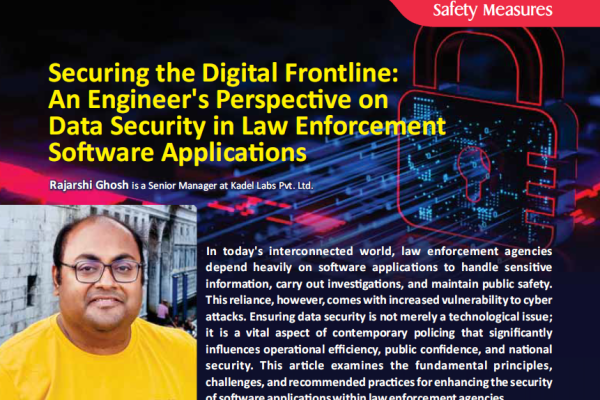
Enforcing POCSO Act 2012: The Vital Role of Police in Protecting Children
Satya Gopal Dey is a Member of the West Bengal Task Force on combating human trafficking; a Member of the Selection Committee of CWC and JJB, Government of West Bengal, and the Head of Child Protection, Advocacy and HR at Vikramshila Education Resource Society. The police serve as the public face of the State, and…


